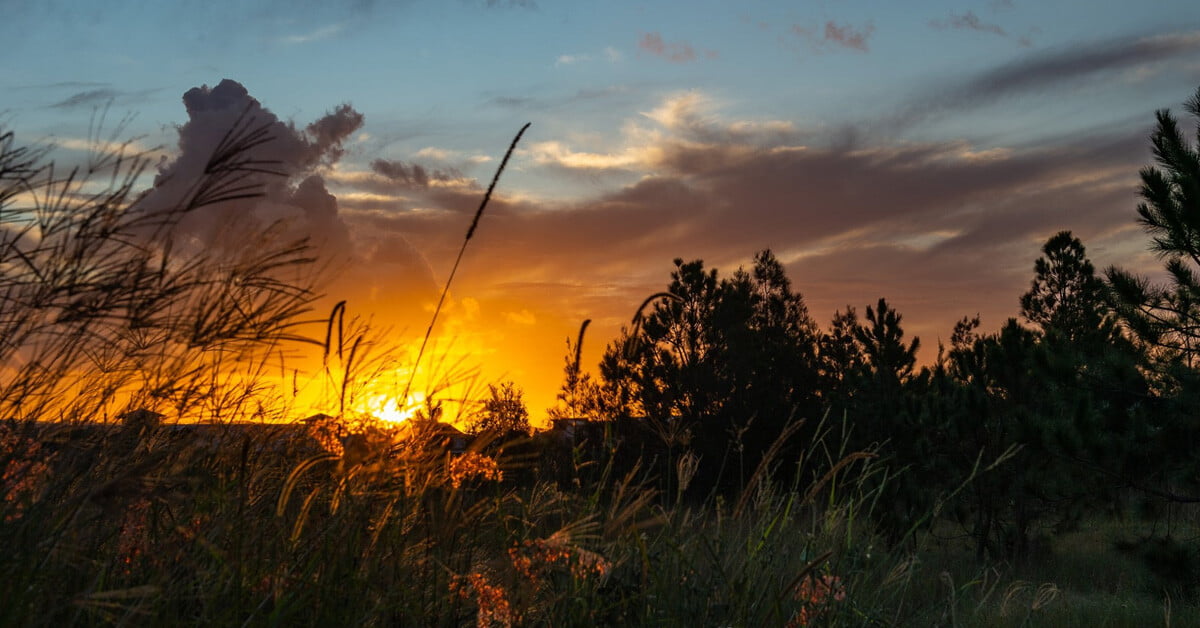
Introduction
CCTV cameras are like your eyes in many ways, they don’t like the sun, quick changes in lighting, headlights, etc., they also work in some scenarios better than others.
So we will discuss some things to consider when designing your system, specifically in relation to camera placement.
Height
Placing your cameras too low so they risk getting stolen is a concern, however placing them too high will only get the top of someone’s head, and if they are wearing a cap, they don’t even need to face down to conceal their identity.
Consider the face shot when placing your cameras.
Another consideration with height is the type of camera, for example domes look neat and are less likely to be bumped or deliberately moved as they are available in vandal resistant, however they cannot look above themselves or if they do, its not by much.
A bullet camera on the other hand can aim slightly up, allowing you greater views from low eaves. You are also less likely to get IR flash as discussed later from bullets as opposed to domes.
Identification shot
The key to getting the money shot is to get the face close enough so it fills about 20% of the screen, or at least enough to see the face clearly, this will ensure the police will accept it as evidence, or at very least help you identify the culprit.
Placing wide angle cameras (which make things look far away) on the front of the house and expecting to clearly make out a face on the street is unlikely in many situations, a better solution would be to have the wide angle camera watching the yard, as well as a narrower lens looking at the entrance.
Where to aim
Only you know what you want to see, however keep in mind where people are likely to enter your property and have those areas covered well, and the other areas can be covered with wide angle lenses just for a record of what happened.
For drive ways, we often use VF (vari-focal) which are adjustable or MVF which are motorised and you can zoom with your phone.
You should also consider a camera looking sideways at the front door to capture this area in great detail.
The truth about night vision
When looking at a camera you will see it’s IR rating in meters. To truly understand this, it is tested in darkness with someone in white overalls and marked as soon as the person’s outline can be seen.
This of course bears little resemblance to a burglar sneaking around in dark clothing.
These are manufacturers specifications and every brand we have ever used (which is virtually every known brand) has night vision that can be disappointing in some situations, however if night vision is really important then we recommend reducing the stated distance by at least 30% to get a better idea of what is “usable night vision footage”.
So if you really want 20 meters night vision, buy a camera that can do 30 meters and you will get a better result.
If you really need excellent night vision, ask for a specialist camera, or one that uses the SONY STARVIS sensor as these are significantly better in low light.
Weather
Although cameras are labelled IP66 Outdoor, you should always select a dry location over a wet one as when it rains and there is water on the lens, your image will be distorted, it will also get much dirtier much quicker, so under an eave or other structure is better.
Sunrise and sunset
Even though we love a good sunrise or sunset, this can play havoc with cameras, causing temporary blindness, erratic night vision, burns on the sensor normally showing as pink or other colour areas or dots, and eventual death.
To avoid this, just position them so they don’t face directly into the sun, so avoid East or West facing cameras that see the horizon.
Shadows
Your cameras have very sensitive software designed to adjust to the average brightness of your image, try and avoid positions where the camera has 50% bright and 50% shadow, in some situations the camera may seem to flash or sometimes be over bright or sometimes too dark.
Cameras can handle some shadows, but keeping this in mind will reduce the chance of any issues.
The more expensive the camera is, the less this likely would be an issue.
IR flash
Every installer will have experienced the issue where during the day, the camera looks great, at night it has either a foggy halo, white haze, low performing night vision or something blindingly white on the screen.
This can be a down pipe too close, the camera bouncing off a white fence, the camera centre too close to the mount, the eave within the shot, the house wall too far in the shot.
Whichever scenario causes it, it is all the same, there is the IR night vision light, reflecting back into the camera affecting the light balance.
make sure there is no flash or bounce back and your night vision will improve.
Absolute darkness
Whilst you don’t want IR flash, you do need things to reflect the light back. If you were in the middle of the ocean and shone a torch into the darkness, it would still be dark. Cameras are the same, they have IR which is like an invisible torch, but they need something, preferably light to reflect off to brighten things up.
We see the same camera looking terrible facing into the void, but add some outdoor furniture and scene lights up. This is why some suppliers show indoor night vision shots as they always look a lot better as the IR is reflecting around the room.
Aim at each other
If possible try and make sure your cameras can see at least one other camera, this will prevent people being able to sneak up behind a camera and damage it, it will also make you feel better knowing you have a 100% perimeter cover.
Be careful though as you don’t want the other camera’s IR blinding the camera.
Wide angles for wide areas only
Don’t fall for the trap of buying all super wide angle cameras because they see more, firstly they are not suitable for identification more than 10 – 15 meters away and also for skinny areas like the side of the house and the drive. For these areas try a narrower lens like a 6mm or a VF lens so you can adjust it, you will get a better result.
